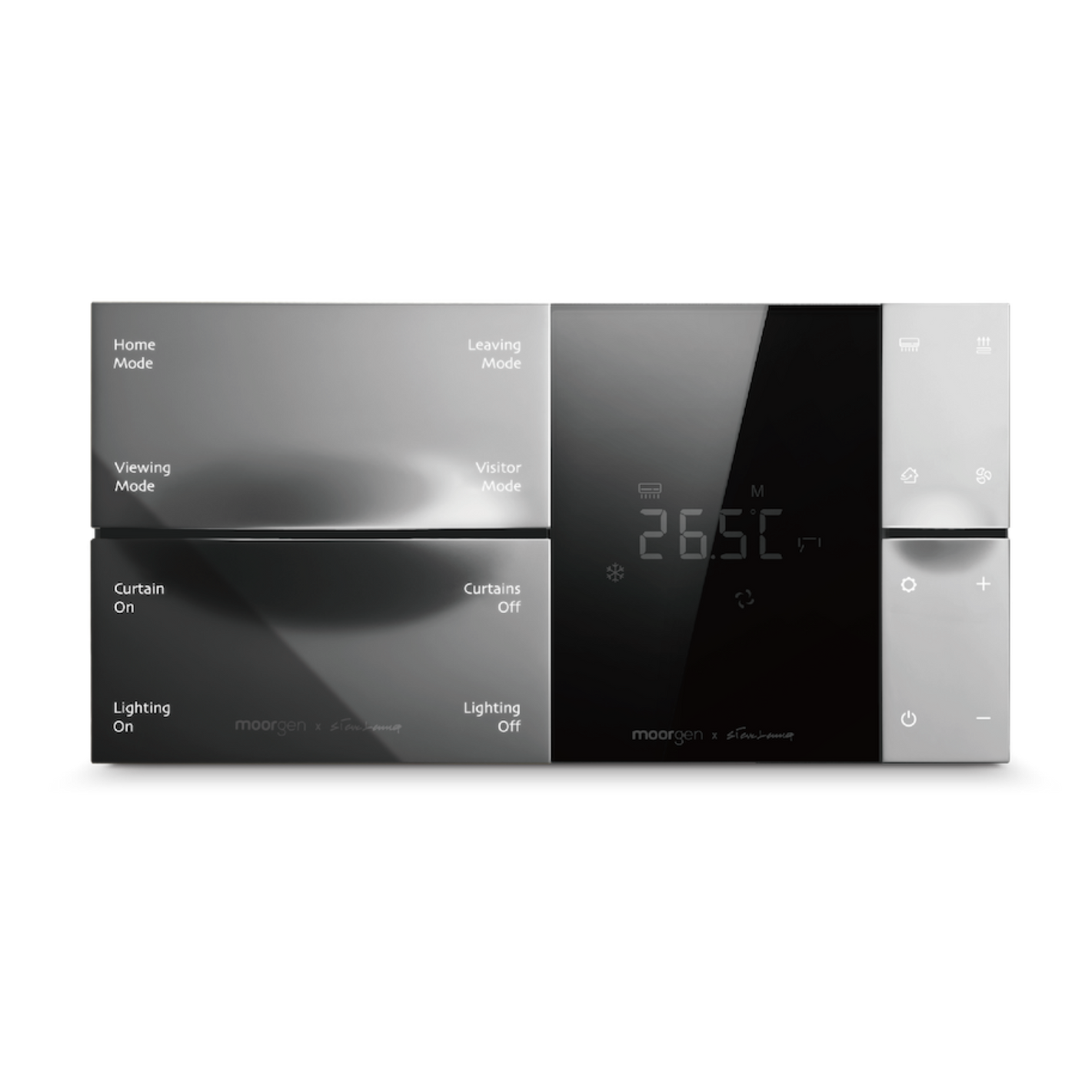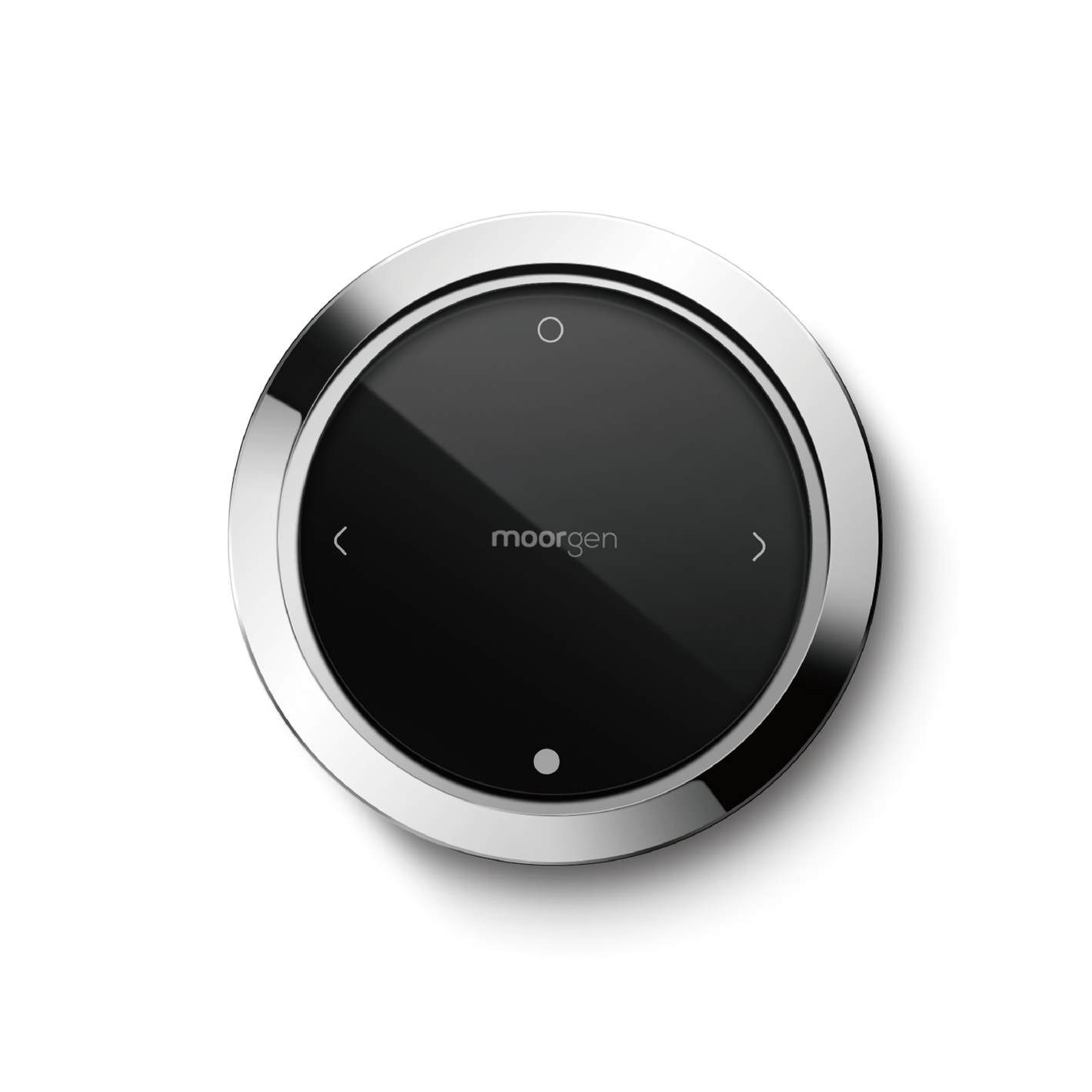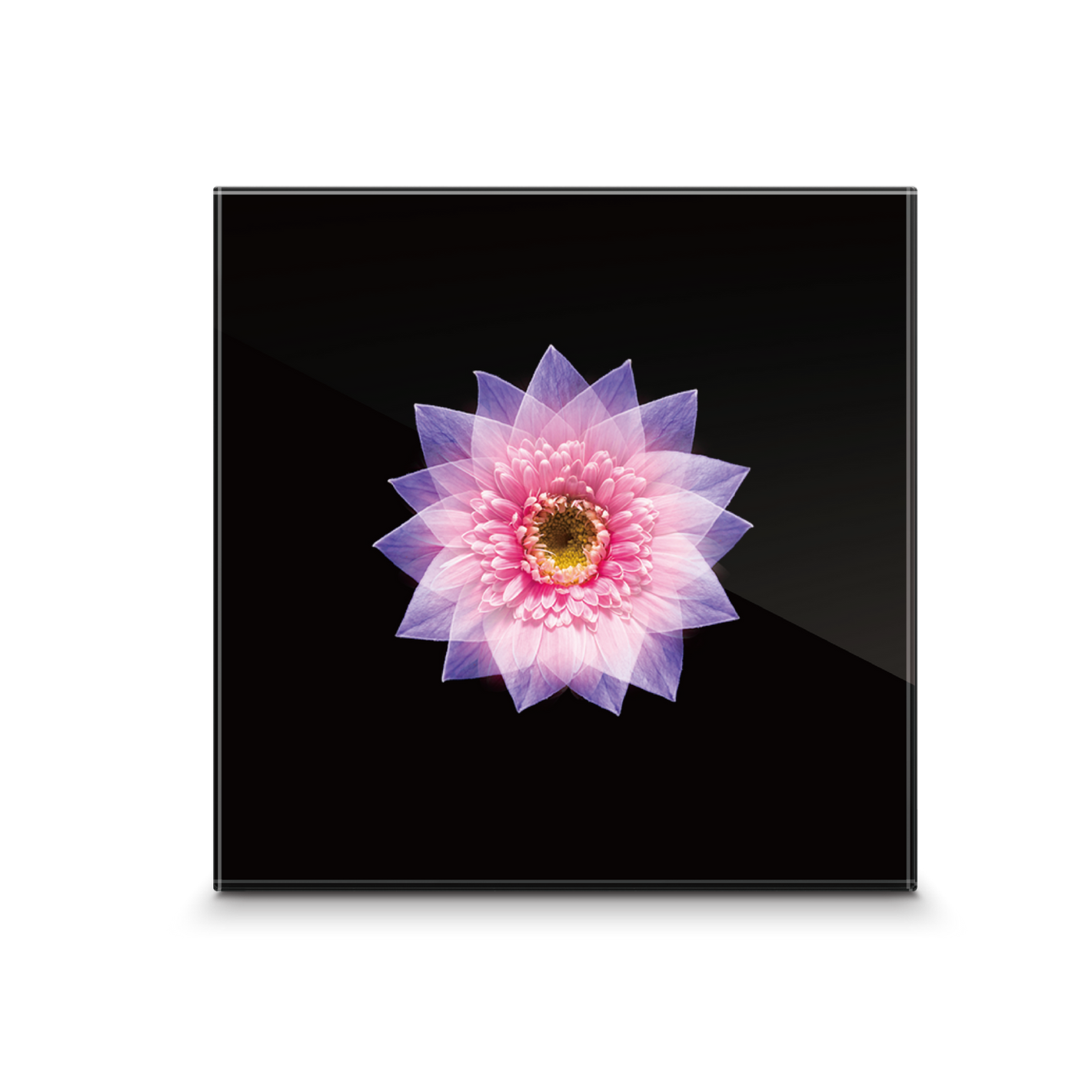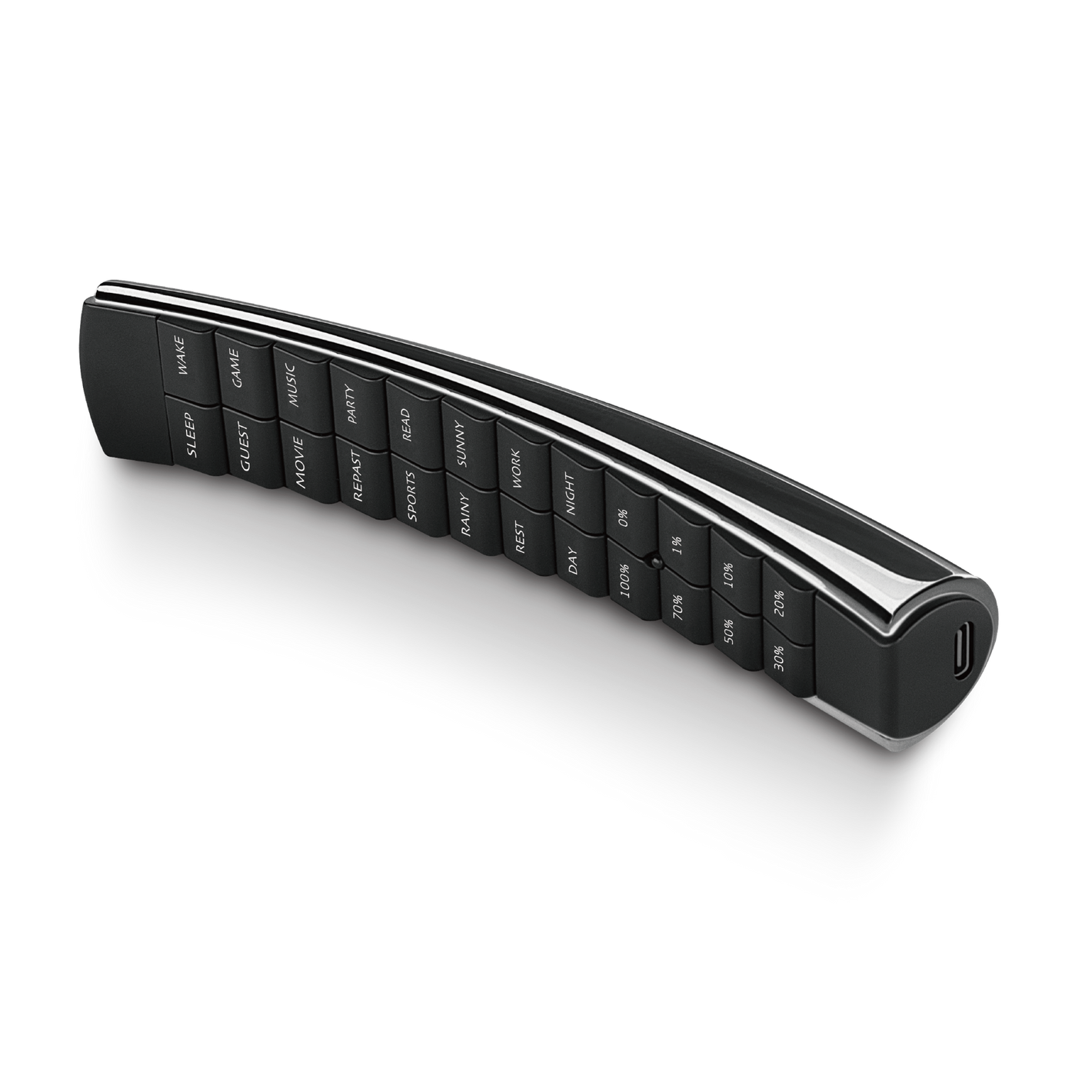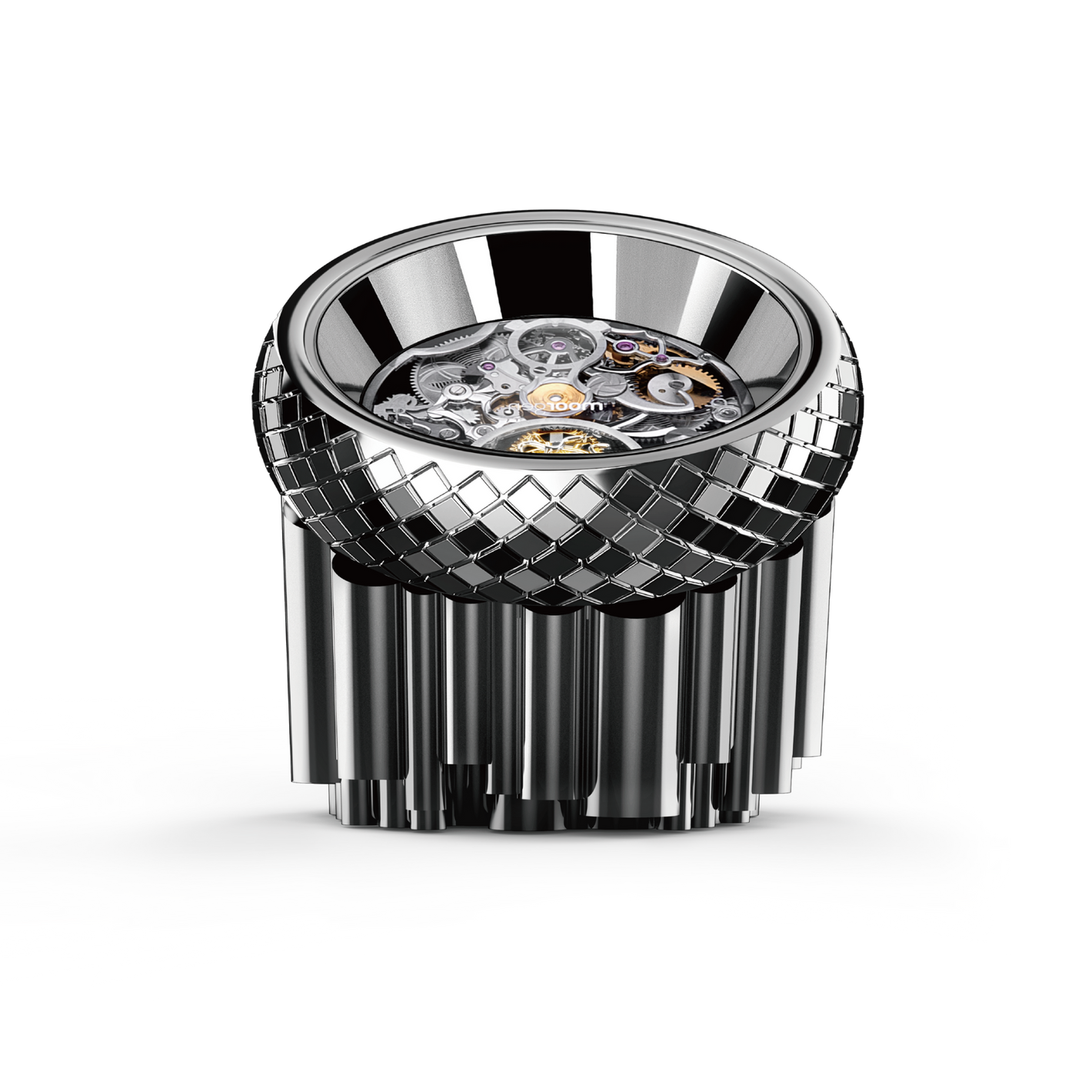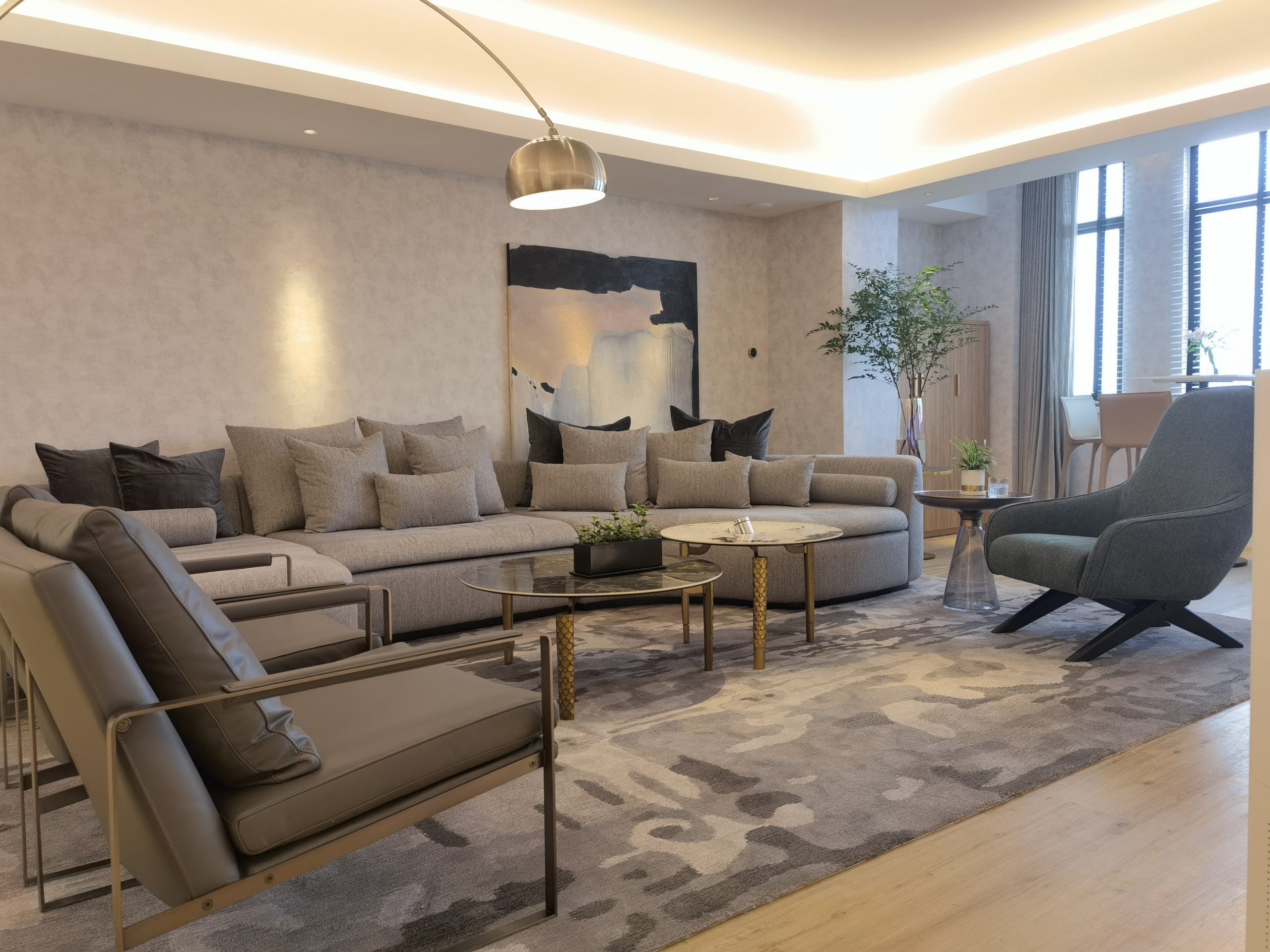L-wire? N+L-wire? How to Plan a Smart-Home-Ready Renovation?
Are you planning to renovate your home but haven't decided on which smart home system or products to use? Do you want a smart-home-ready renovation and reserve the flexibility to deploy smart home features without being restricted by the wiring installation? Moorgenzine is here to guide you through the process of preparing your smart home masterplan during your new home renovation.
A successful smart home renovation hinges on proper electrical wiring installations, which include some electrical concepts that you may have heard of but aren't quite sure about, such as "Earth Wire" (a.k.a. Load Wire) and "Live Wire" (a.k.a. Hot Wire) or "Neutral Wire," among others. When it comes to smart switches or smart light controls, you might often hear about "Single Fire" and "Zero Fire," which actually refer to the types of wires being used. Feeling a bit confused? No worries! After reading this article, everything will become crystal clear!
The Differences between Earth Wire, Live Wire, and Neutral Wire
In general, lighting circuits will always have two electrical wires - the Earth Wire and the Live Wire. However, it's not guaranteed to have the Neutral Wire required for Zero Wire smart switches. To understand how to prepare for a seamless smart home upgrade, it's essential to have a clear understanding of the functions and distinctions of these three wires.
Earth Wire / Load Wire
The Earth Wire (colored yellow-green in Hong Kong) serves as a safety measure to direct electrical currents to the ground, ensuring the safety of people inside the house or electrical mechanics from electric shocks due to electrical leakage or other power issues. The grounding process allows electrical currents from devices to flow into the ground, diverting most of the current away in the event of an electrical leak. Additionally, the Earth Wire helps eliminate static electricity to prevent accidental ignition. In the past, Earth Wires were directly connected to metal water pipes. Improper grounding can result in the electrically charging of smart home device casings, posing a risk of electric shock to anyone who touches them. The Earth Wire is of utmost importance for electrical safety, and it is a standard part of household wiring.
Live Wire / Hot Wire
The Live Wire (colored red or brown in Hong Kong) is responsible for supplying power to smart home products or electrical appliances. It unidirectionally carries electricity from the power source to electronic devices or appliances, and it is another essential wire for supplying electricity. In Hong Kong, the "phase-to-ground voltage" standard for the Live Wire is 220V. This means that if someone touches the Live Wire while standing barefoot on the ground, they will experience a 220V voltage passing through their body, resulting in an electric shock.
Neutral Wire
Neutral Wire (also known as "N Wire") is usually colored blue in Hong Kong. It serves the purpose of supplying power and providing a path for electric current to circuit back to the power source. It generally needs to be paired with the Live Wire. The main difference between the Neutral Wire and the Live Wire lies in their "phase-to-ground voltage." The Neutral Wire has a voltage of zero with respect to the ground, meaning that even if someone touches the Neutral Wire while standing barefoot on the ground, there will be no voltage passing through their body.
The upcoming discussion on Zero Wire smart switches or smart light controls requires the presence of a Neutral Wire for operation. However, most of the existing lighting circuits in Hong Kong might not have a Neutral Wire installed.
Smart Switches / Smart Light / Smart Panels - Single Fire v.s Zero Fire
When shopping for smart switches or smart light controls, you might often come across terms like "Single Fire version" and "Zero Fire version," and without electrical knowledge, it can indeed be a bit confusing. Once you understand the differences between the three types of wires, the function of the Live Wire for power supply, the Earth Wire for safety, and the Neutral Wire for current return, grasping the concepts of "Single Fire" and "Zero Fire" becomes much simpler. In essence, both "Single Wire" and "Zero Wire" rely on the chip inside to control electrical currents, differing only in the methods of current control.
Single Fire
Single Fire refers to a setup where power is supplied solely through the Live Wire without a Neutral Wire. Conventional electrical appliances or light bulbs can operate with a Single Wire. In simple terms, when you turn on a light or an electrical device, the circuit connects, creating a "closed circuit" that allows the current to flow into the bulb or device. When you turn off the light or the device, the circuit is "cut off," preventing the current from entering the bulb or device, effectively cutting off the power source.
If you have a "Single Fire" smart switch or smart light control, it will remain in a "closed circuit" state, meaning it won't disconnect the power. The smart control principle involves using a "variable resistor" component with the chip inside to adjust the magnitude of resistance, thereby regulating the current passing through. This achieves the "smart" effect—when the resistance decreases, more current flows through and enters the device or light bulb. On the other hand, when the resistance increases, it impedes the current flow, resulting in insufficient power to activate the device or light. Since smart control requires the use of chips, which need power to operate, there will be a continuously slight amount of electrical current passing through "Single Fire" smart switches or smart light controls to supply power for the chip's operation.
Because "Single Fire" smart switches / smart light controls essentially only need the Live Wire and don't require an additional Neutral Wire, they are...
Highly compatible with the vast majority of Hong Kong households.
Whether your home is already renovated or not, opting for the "Single Wire" version of smart home switches or light controls is almost a foolproof choice.
Zero Fire
Zero Fire smart switches or smart light controls operate using both the Neutral Wire and the Live Wire, hence your home's wiring needs to include a Neutral Wire. Comparing to Single Fire, the most significant difference of Zero Fire smart switches is that it requires a direct connection of the Neutral Wire to the chip controlling the current. The Neutral Wire independently supplies power to the chip, while the Live Wire is solely used for powering the smart device.
When you turn on a light or an electrical device, the chip inside the Zero Fire smart switch allows the current to flow, supplying power to the bulb or device. When you turn off the light or the device, the chip doesn't use resistance control to cut off the circuit. Instead, it diverts the current and circuits it back through the Neutral Wire, preventing the current from entering the bulb or device.
Because Zero Fire smart switches or smart light controls require both the Live Wire and the Neutral Wire in order to function, it means that...
In order to install Zero Fire smart switches, you must ensure that your home's lighting circuits are already connected to the Neutral Wire.
Which Smart Panels Should You Choose: Single Fire or Zero Fire
Zero Fire smart panels generally come in more styles, offer more functions, provide higher safety, and look better. They also respond faster and offer a more stable performance compared to Single Fire options.
However, to determine whether your home is suitable for Single Fire or Zero Fire smart panels, you need to know whether your lighting circuits have a Neutral Wire.
In most homes, the lighting circuits only have an Earth Wire and a Live Wire — no Neutral Wire — meaning you can only choose Single Fire smart switches / smart light controls. Otherwise, you would need to rewire or add a Neutral Wire to use Zero Fire smart switches / smart light controls.
If your home is not yet renovated or you're planning to renovate, you can ask your decorator to connect a Neutral Wire to the lighting circuits, enabling you to use Zero Fire smart panels. Usually, there won't be any additional cost to install the Neutral Wire during the renovation.
So, if you want to prepare for your smart home plan, it's crucial to communicate with the decorators before the renovation, ensuring that when they will install the Neutral Wire during the electrical wiring process, so you won't be limited to choosing between Single Fire or Zero Wire — you can have both options.
In summary, Zero Fire smart panels are suitable for homes planning to renovate, while Single Fire smart panels are suitable for existing homes. (Unless the lighting circuits already have a Neutral Wire, or you plan to add one, then you can choose Zero Wire smart panels).
If you want to know what smart home panel fits your interior design, you can see more in 【Stylish Smart Home】Smart Panels for 7 Common Interior Design Styles in Hong Kong
The Real Smart Home
Moorgen offers a wide selection of smart panels, including multiple award-winning designs, and there is always a design to complement your home's interior design. Moorgen provides one-stop smart home service, including wiring and installation, facilitating a painless transformation of your home into a stylish smart home. Feel free to contact Moorgen via WhatsApp for a free consultation or visit Moorgen's smart home showroom to experience "The Real Smart Home."
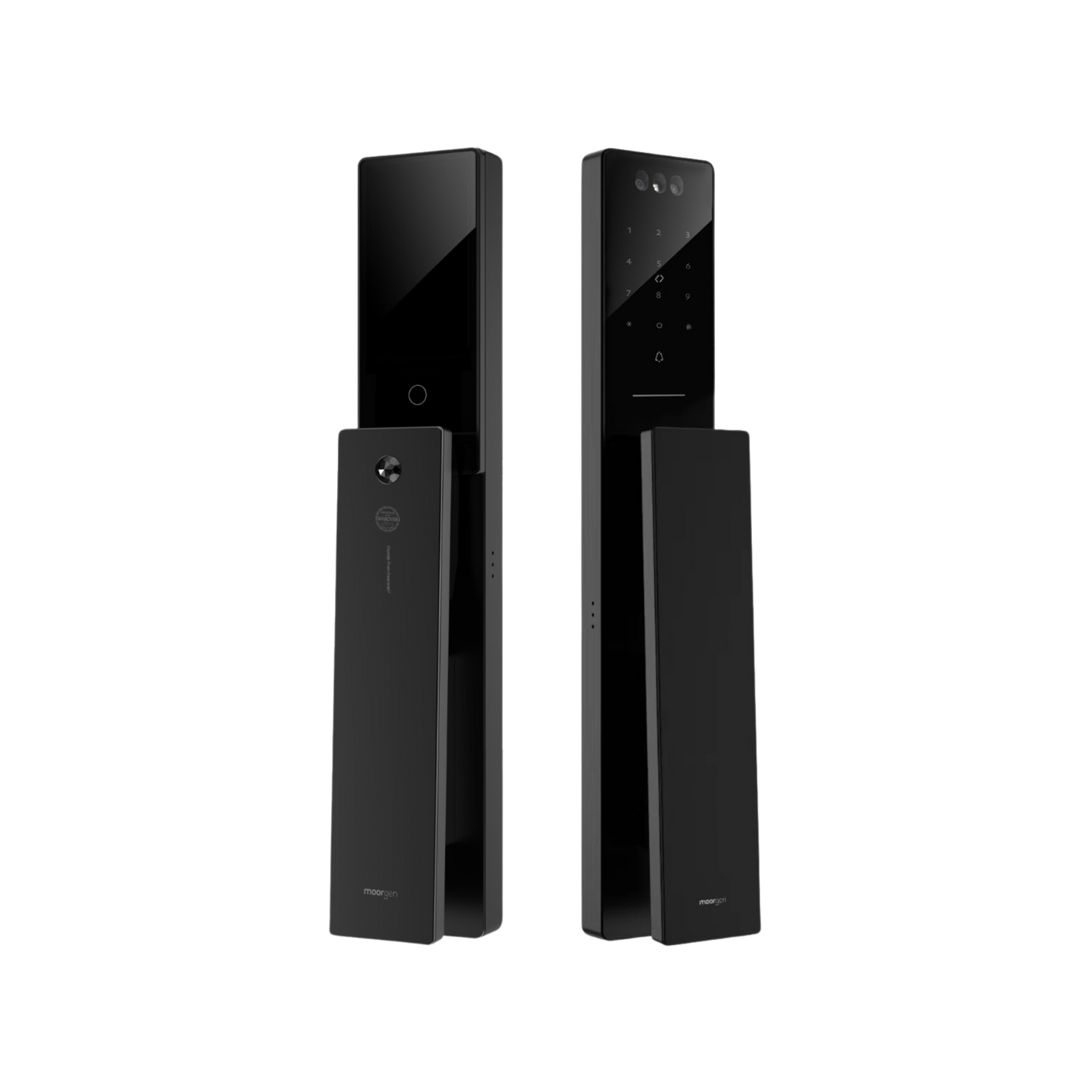


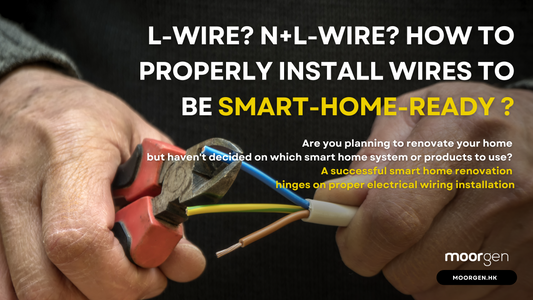



![[Smart Living] How to Choose a Smart Power Strip? Swift Transform Your Home into a Smart Home!](http://moorgen.hk/cdn/shop/articles/blog_cover_moorgen_how_to_choose_smart_power_strip.png?v=1728137093&width=533)
![[Smart Living] How to Choose LED Bulbs? Which Ones Are the Most Energy-Efficient?](http://moorgen.hk/cdn/shop/articles/blog_cover_moorgen_how_to_choose_led_bulbs.png?v=1728136975&width=533)
![[Smart Living] How to Choose an Instant Hot Water Dispenser and Use It Efficiently?](http://moorgen.hk/cdn/shop/articles/blog_cover_moorgen_how_to_choose_instant_hot_water_dispenser.png?v=1728136837&width=533)
![[Smart Living] 5 Energy-Saving Tips for Electric Kettles](http://moorgen.hk/cdn/shop/articles/blog_cover_moorgen_energy_saving_tips_electric_kettles.png?v=1728136710&width=533)
